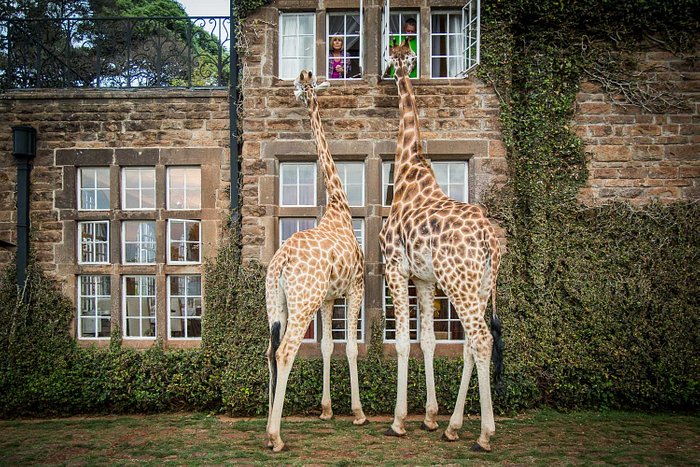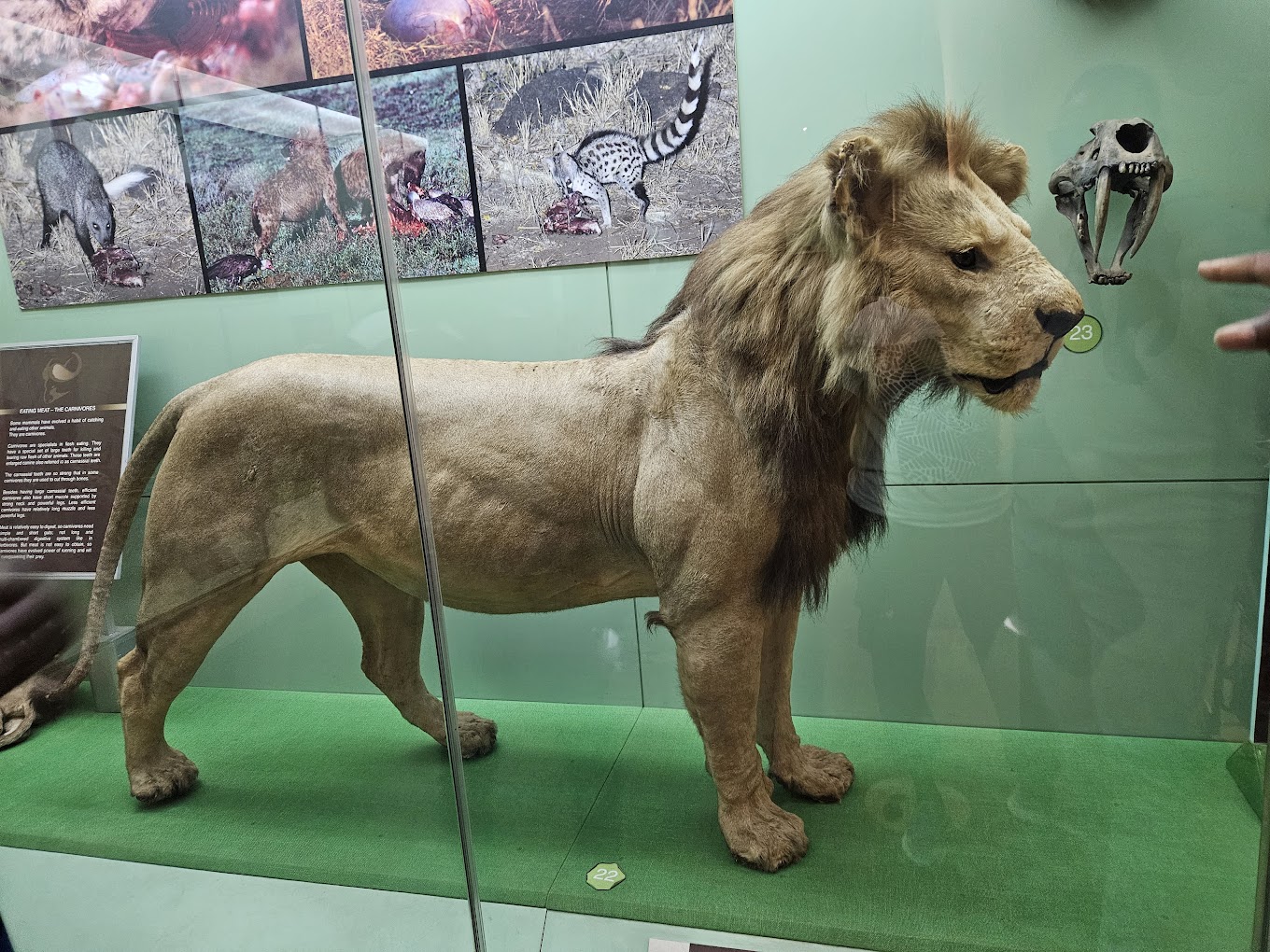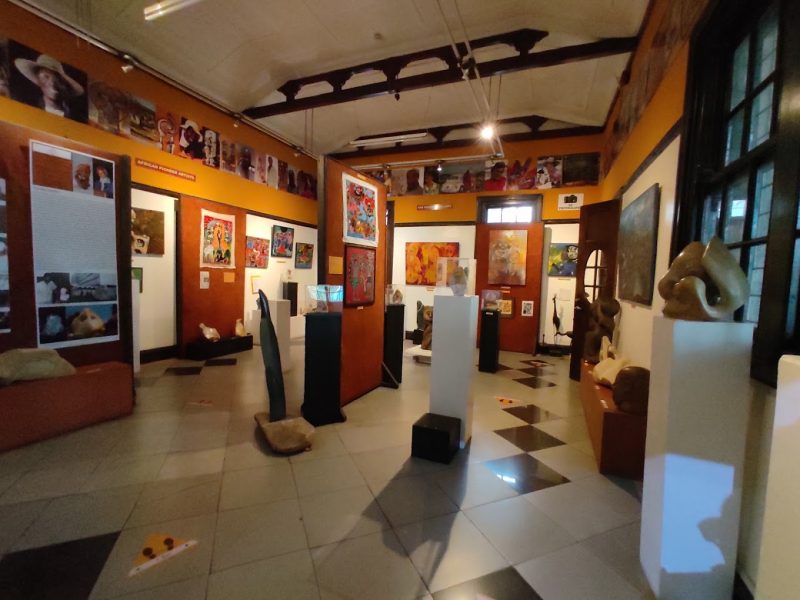Into The World Of A Museum
Museums are more than just buildings filled with artifacts. They are vibrant institutions that play a crucial role in preserving culture, educating the public, and fostering community engagement. From art to history, science to technology, museums offer a unique window into the past and present, making them invaluable resources for both individuals and society as a whole. In this article, we will explore the significance of museums, their various types, the role they play in education and community, and the challenges they face in the modern world.
Understanding museum
A museum is defined as an institution that conserves and exhibits objects of artistic, cultural, historical, or scientific significance. Museums come in various forms, including art museums, history museums, science museums, and specialized institutions like children’s museums and botanical gardens. Each type serves a distinct purpose, but all share the common goal of education and preservation.
The word museum originates from the Greek word mouseion, which referred to a temple dedicated to the Muses, the nine goddesses of the arts and sciences. This origin underscores the long-standing connection between museums and the pursuit of knowledge. Today, museums continue to embody this spirit, serving as custodians of our collective heritage and inspiring curiosity and wonder in their visitors.
Importance of museums
Preservation of cultural heritage
The primary role of museums is to preserve cultural heritage. This involves not only the conservation of physical artifacts but also the protection of stories, traditions, and knowledge that define different cultures. Museums house collections that can span thousands of years, allowing future generations to learn about their ancestors and the world they inhabited.
By preserving these artifacts, museums act as time capsules, providing insights into human civilization’s evolution. For instance, ancient artifacts found in history museums can shed light on early societies, while contemporary art exhibits can reflect current social issues. This ongoing dialogue between the past and present is vital for understanding human experiences.
Educational resource
Museums serve as powerful educational tools, offering diverse learning opportunities for individuals of all ages. Through exhibitions, workshops, and programs, museums engage the public in hands-on learning experiences that complement formal education. They often provide resources for teachers, including lesson plans and guided tours that align with educational standards.
The interactive nature of many museums, particularly science and children’s museums, encourages visitors to explore concepts in a fun and engaging way. For example, a science museum might have interactive exhibits that allow visitors to conduct experiments, making complex scientific principles accessible to everyone.
Community engagement
Museums foster community engagement by serving as gathering spaces where people can come together to share experiences and ideas. They often host events such as lectures, workshops, and cultural festivals, creating a sense of belonging and connection among community members. These events can spark important conversations about local history, culture, and contemporary issues, promoting understanding and dialogue.
Furthermore, museums often collaborate with local organizations and artists, providing a platform for underrepresented voices. By doing so, they help to build inclusive communities where diverse perspectives are valued and celebrated.
Types of museums
Art museums: Art museums focus primarily on visual arts, housing collections that range from classical paintings to contemporary installations. These institutions not only display artwork but also offer educational programs that help visitors understand artistic movements and techniques. Major art museums often feature works from renowned artists, allowing visitors to engage with masterpieces that have shaped the art world.
History museums: History museums tell the story of humanity through artifacts, documents, and exhibits that chronicle significant events, cultures, and figures. They often explore themes such as social justice, migration, and technological advancement, providing context for how past events shape our present and future.
Science museums: Science museums emphasise scientific inquiry and discovery, showcasing exhibits related to biology, physics, astronomy, and more. These museums often include interactive displays and hands-on activities, making science accessible and exciting for visitors of all ages. They play a critical role in fostering scientific literacy and encouraging curiosity about the natural world.
Children’s museums: Children’s museums are designed specifically for young audiences, providing interactive exhibits that encourage exploration and play. These museums focus on experiential learning, helping children develop critical thinking skills and creativity. They often include themes such as health, environment, and social skills, making learning fun and engaging.
Specialised museums: Specialised museums focus on specific topics, such as sports, transportation, or technology. These institutions provide in-depth insights into particular areas of interest, attracting enthusiasts and scholars alike. For example, a transportation museum might feature vintage cars, trains, and airplanes, highlighting the evolution of travel and its impact on society.
Role of technology in museums
In recent years, technology has transformed the museum experience, making it more accessible and engaging. Virtual tours, augmented reality exhibits, and interactive displays have become increasingly common, allowing visitors to explore collections from the comfort of their homes. This digital shift has also expanded museums’ reach, attracting global audiences and providing educational resources to underserved communities.
Moreover, social media has become a powerful tool for museums to connect with their audiences. Institutions use platforms like Instagram and Twitter to share behind-the-scenes content, promote events, and engage with visitors in real time. This online presence fosters a sense of community and encourages dialogue about the importance of cultural institutions.
Challenges facing museums today
Despite their significance, museums face several challenges in the modern world. Funding cuts, changing visitor demographics, and the rise of digital media all impact how museums operate and engage with their audiences.
Financial constraints: Many museums rely on government funding, private donations, and ticket sales to sustain their operations. Economic downturns can lead to reduced funding, forcing museums to make difficult decisions about staffing, programming, and maintenance. This financial strain can hinder their ability to innovate and adapt to changing visitor needs.
Relevance and accessibility: As society evolves, museums must continually assess their relevance to diverse audiences. This includes addressing issues of accessibility for individuals with disabilities, ensuring that exhibits and programs are inclusive and welcoming. Additionally, museums must strive to represent diverse perspectives and narratives, moving beyond traditional Eurocentric views to embrace a more global and inclusive approach.
Competing with digital media: With the rise of digital media, museums face competition for attention and engagement. Streaming platforms, social media, and online educational resources provide alternative avenues for learning and entertainment. To remain relevant, museums must harness the power of technology to enhance the visitor experience while continuing to emphasise the unique value of in-person interactions with artifacts and exhibits.
Future of museums
Looking ahead, the future of museums lies in their ability to adapt to societal changes and embrace innovation. As cultural institutions, museums have the potential to lead conversations about important social issues, foster creativity, and promote lifelong learning.
Embracing inclusivity: To remain relevant, museums must prioritise inclusivity by actively engaging with diverse communities and incorporating varied perspectives into their narratives. This can involve collaborating with local artists, historians, and community members to create exhibits that reflect the richness of human experience. By amplifying underrepresented voices, museums can foster a deeper understanding of our shared history.
Enhancing visitor experience: The use of technology will continue to shape the visitor experience in museums. Interactive exhibits, virtual reality experiences, and online resources can enhance engagement and accessibility. Museums that embrace these innovations will thrive in an increasingly digital world.
Strengthening community connections: As community hubs, museums should continue to strengthen their connections with local organisations, schools, and residents. By hosting community events, workshops, and discussions, museums can position themselves as vital resources for lifelong learning and engagement.
Museums educate
Museums are essential institutions that enrich our understanding of the world and our place in it. Through their dedication to preserving culture, educating the public, and fostering community, museums play a vital role. They shape a more informed and connected society. As we navigate the challenges of the modern world, the importance of museums will only continue to grow. They will continue reminding us of the power of history, art, and science to inspire and unite us. By embracing innovation, inclusivity, and community engagement, museums can ensure their relevance and impact for generations to come.





